The story of the Hungarian hussars – PHOTOS
Hungarians hussars are quintessential participants of the 15 March festivities in Hungary. Hussars are not only spectacular to watch but they also strengthen national cohesion. Furthermore, they remind us of the glorious history of this lightweight cavalry. We can also proudly say that hussars are regarded as Hungarian “inventions” even by international military historians
Hungarian hussars – important Hungaricums
According to qubit.hu, hussars became a recognized division of every state’s cavalry after the Hungarian fight for independence led by Ferenc Rákóczi (1703-1711). Moreover, they remained an element of the French, English or German armies until the 19th century. Interestingly, every army followed the Hungarian pattern when they set up their hussar units.
The tactics of the hussars were similar everywhere in Europe for centuries: gathering intelligence, cutting supply chains, raiding, ambushing.
Although the original word was of Slavic origin, the English (hussar), Germans (Husar), French (hussard) and Italians (ussaro) adopted it from the Hungarian language.
The first Hungarian root of the hussars was in King Mathias I’s (1456-1490) black army. The great Hungarian king established a light cavalry following Balkan patterns. Experience showed that light cavalry could successfully fight against Ottoman vans. They not only ambushed Ottoman forces but also stole from them. Therefore, they received the name ‘husar’ meaning marauders in Slavic.
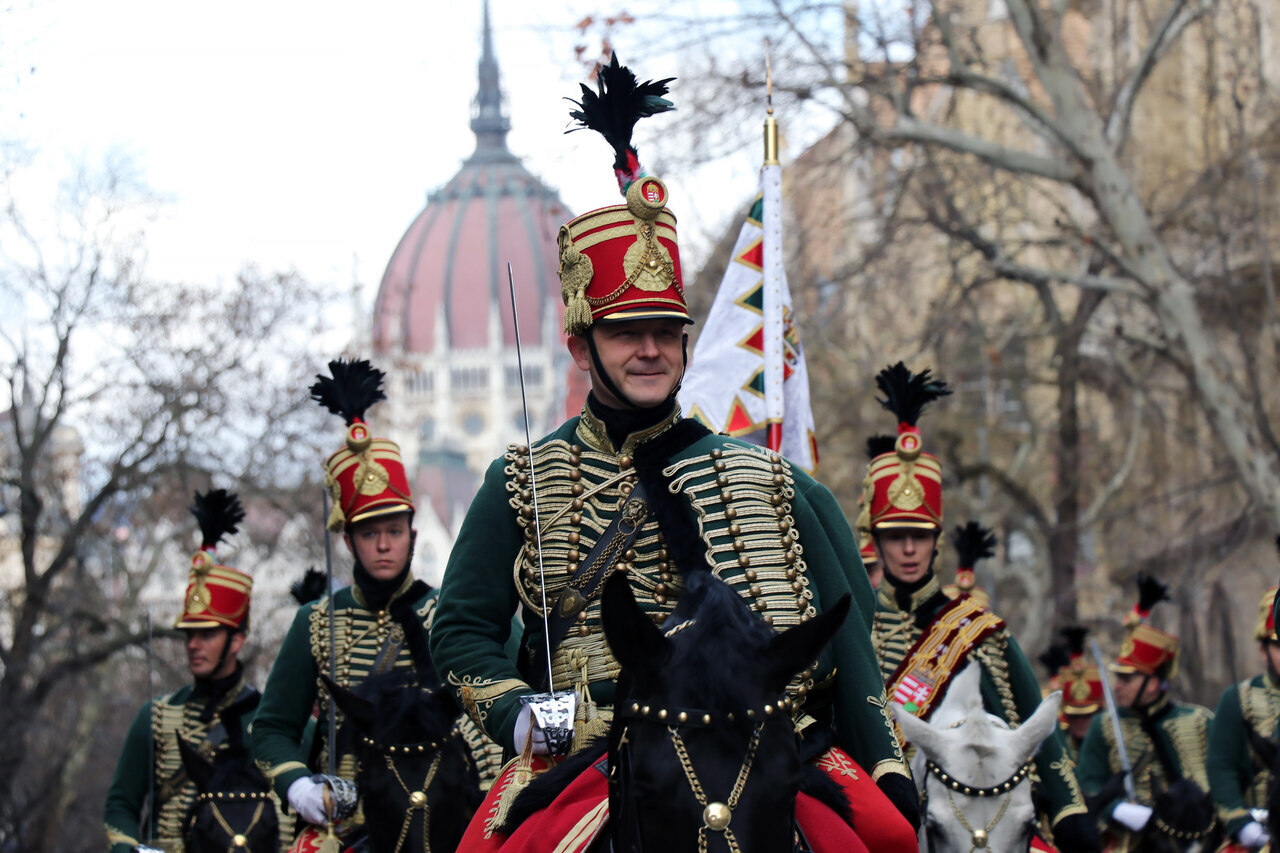
Bow, lance, sabre
Hungarian armies had lightweight cavalry units even during the Middle Ages when their heavyweight counterpart dominated. They fought with bow, lance, sabre and modified pickaxe. What was typically Hungarian in King Mathias’s army was the special riding knowledge of the Hungarians and the saddle. The latter provided much more room for movement for the horse and its rider than its European counterparts. The saddle was fixed around the ribs of the animal instead of its spine.
Furthermore, the bridle was also unique enabling the rider to carry out delicate turns during the battle. Finally, Hungarians bred a horse type, the gidran, for the hussars by the 18th century. Interestingly, it is an endangered breed today, with only about 200 living representatives worldwide. Polish lancers and Cossacks developed similar battle tactics. However, it was easier for Western armies to adopt the Hungarian method because it followed stricter rules and preserved temperament at the same time.
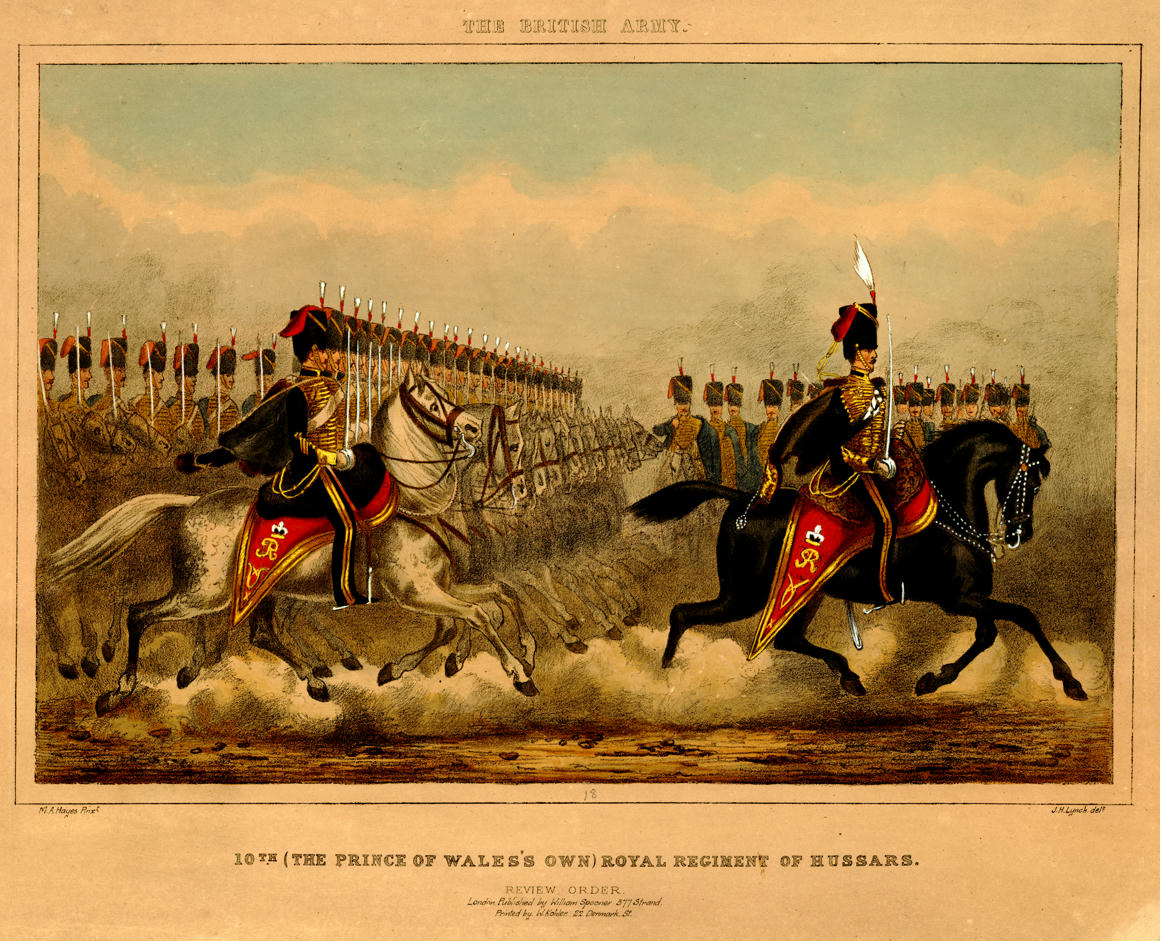
International successes
After the defeat of the Rákóczi freedom fight, Hungarian hussars were included in the imperial army. Therefore, they took part in all the wars of the Habsburgs in the 18th and 19th centuries. For example, András Hadik managed to occupy even the Prussian capital, Berlin, in 1757. Furthermore, László Bercsényi created the Hussar division of the French army and became the country’s marshall.
Gyula Kedves, a Hungarian military historian, wrote that, by the Napoleonic wars (1800-1815), every great European army created hussar regiments.
Hussars were universal soldiers.
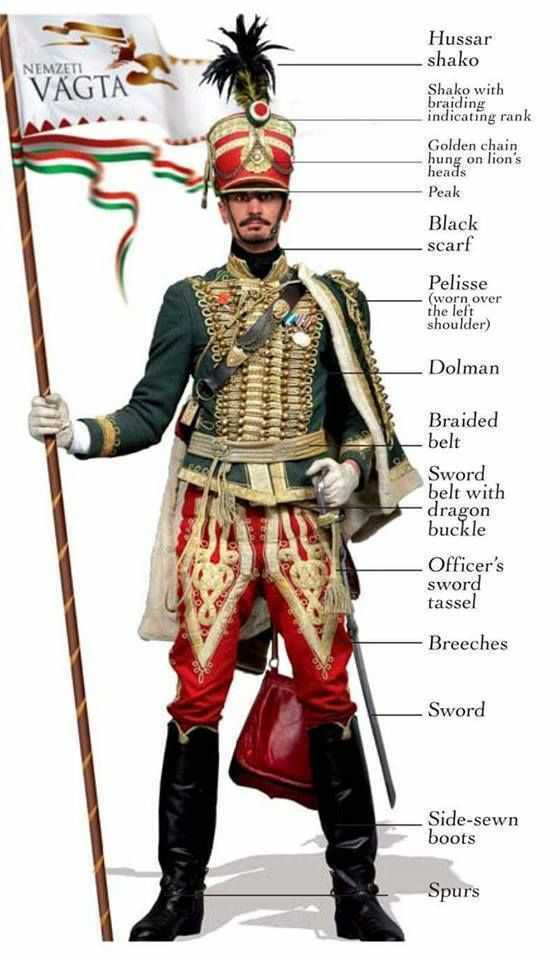
Artúr Görgei, who later became the leader of the Hungarian army during the 1848-1849 fight for independence, served as a hussar in his youth because he believed that was where one could use all his creativity. By the way, almost all Hungarian hussars joined the revolution and freedom fight. They became the core of the newly established Hungarian army. The intelligence they gathered regarding the enemy’s movement was vital during the spring offensive of the Hungarian army in 1849.
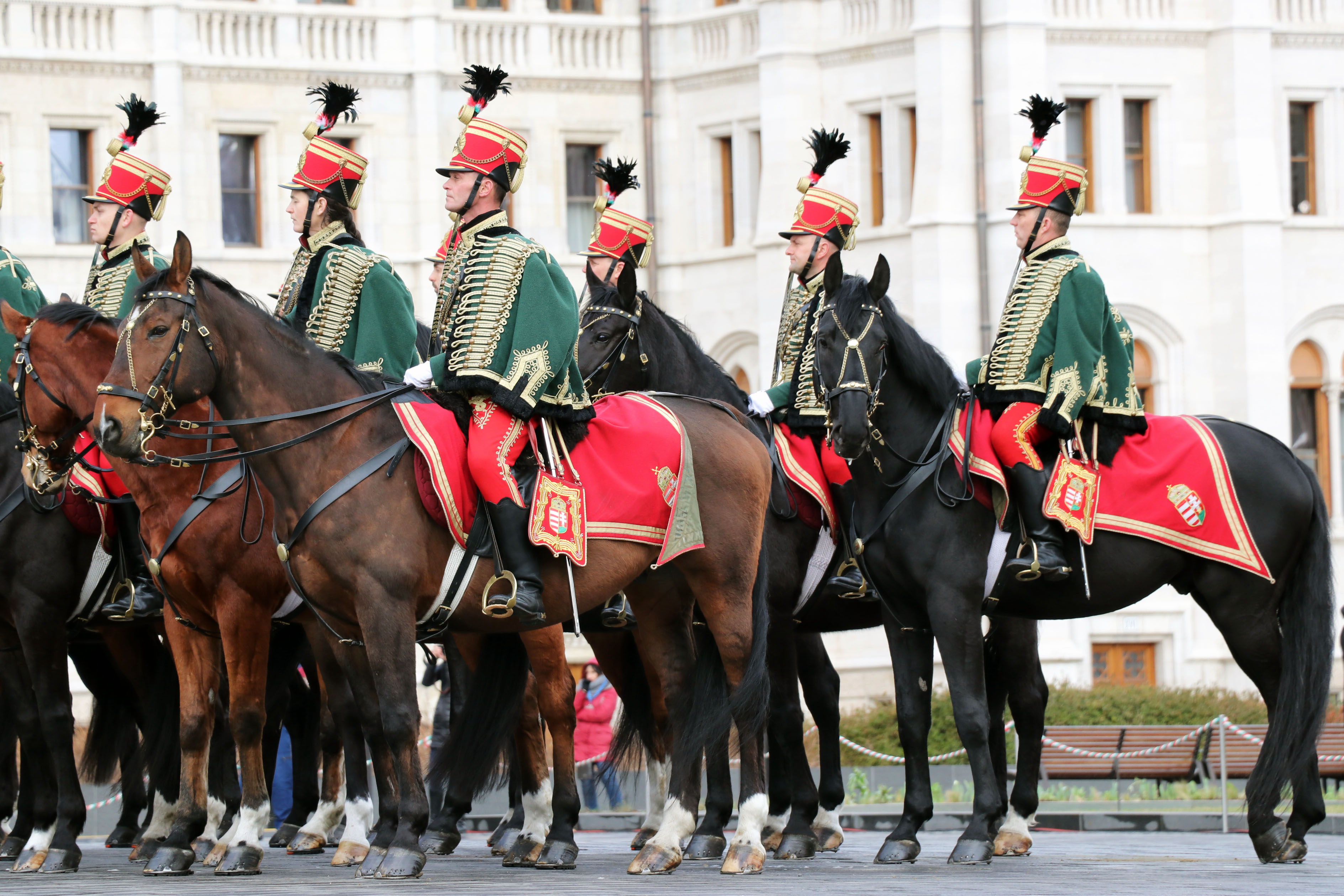
Interestingly, hussars remained an integral part of the Hungarian army until WWII. The equipment changed, but the tasks requiring tremendous creativity and bravery remained.
Historians say that Hungarian hussars had their last victory on the Soviet front in August 1941 in Mihailovka, Ukraine.
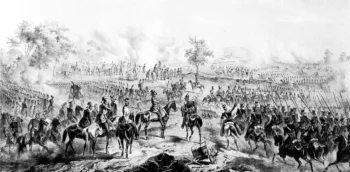
Read alsoRussia invaded Ukraine with an army as big as the one they sent to crush the March 1848 Hungarian revolution!
Source: qubit.hu
please make a donation here
Hot news
What happened today in Hungary – 26 July, 2024
Drama: number of births in a 20-year low in Hungary
Yay or nay? – 6 odd Hungarian delicacies that make our skin crawl
Budapest tourism “exploded” this past weekend
Container transport in Budapest may stop: How will this affect Hungarian economy?
Minister: Hungary will protect its territory by every means possible



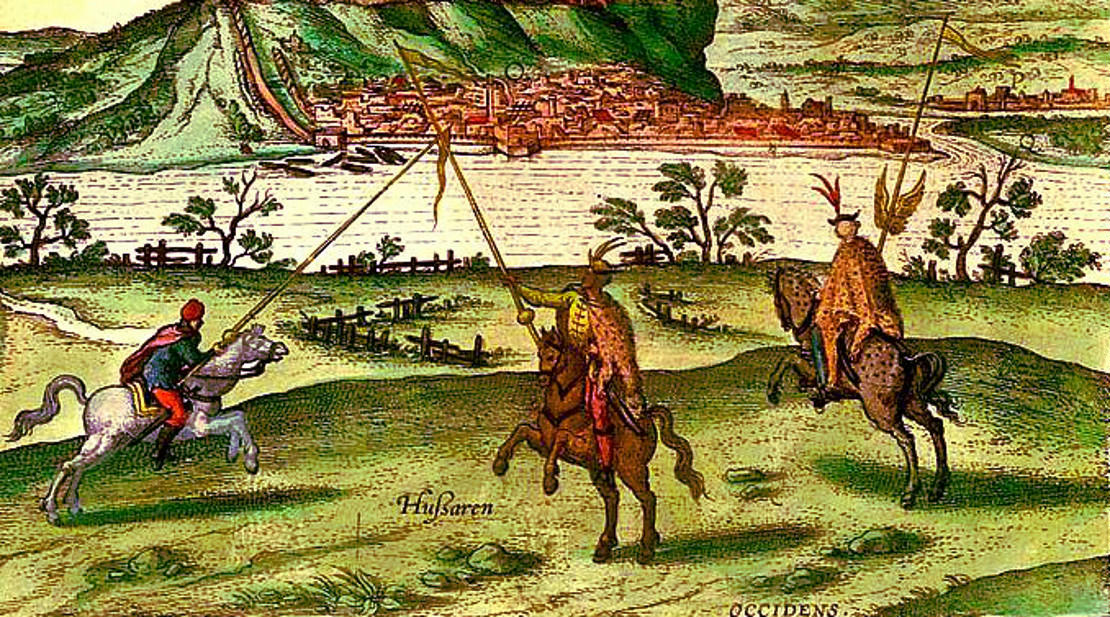

2 Comments
John,
My great grandfather was a Hungarian Hussar. I have two pictures of him. One a portrait and one with his company/ regiment. I would be happy to email the portrait and picture to you. Which company/ regiment is the question. Your help would be appreciated.
John,
On February 14, 2023 I posted a comment referencing my great grandfather being a Hungarian Hussar. Still waiting for a response from you.